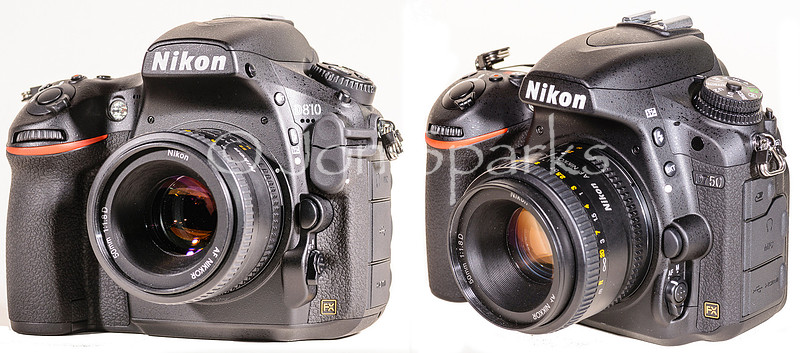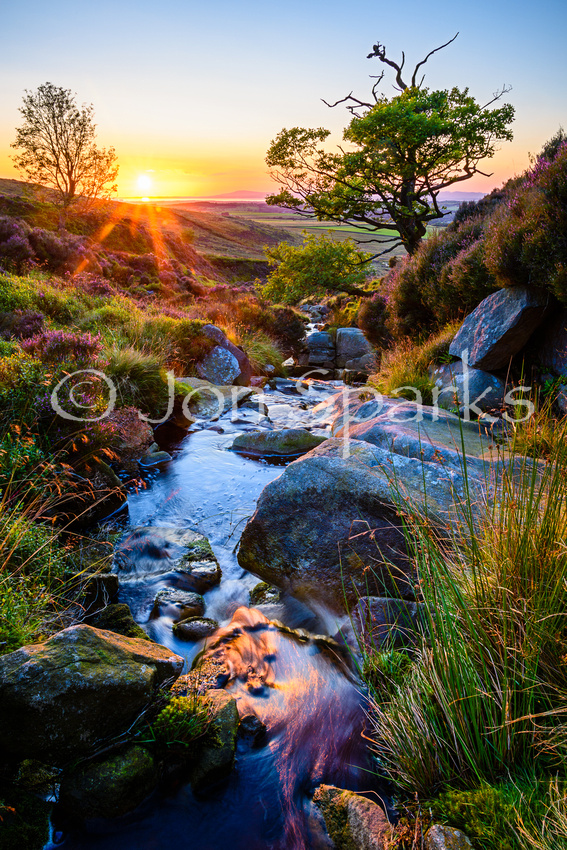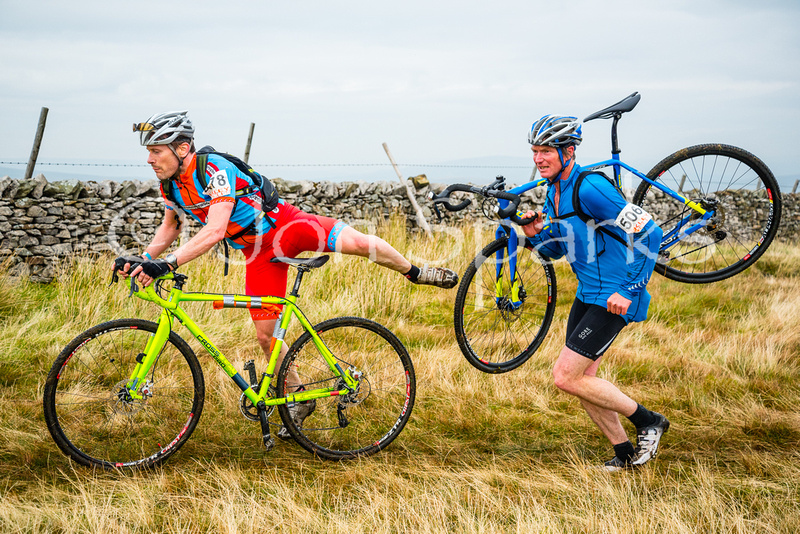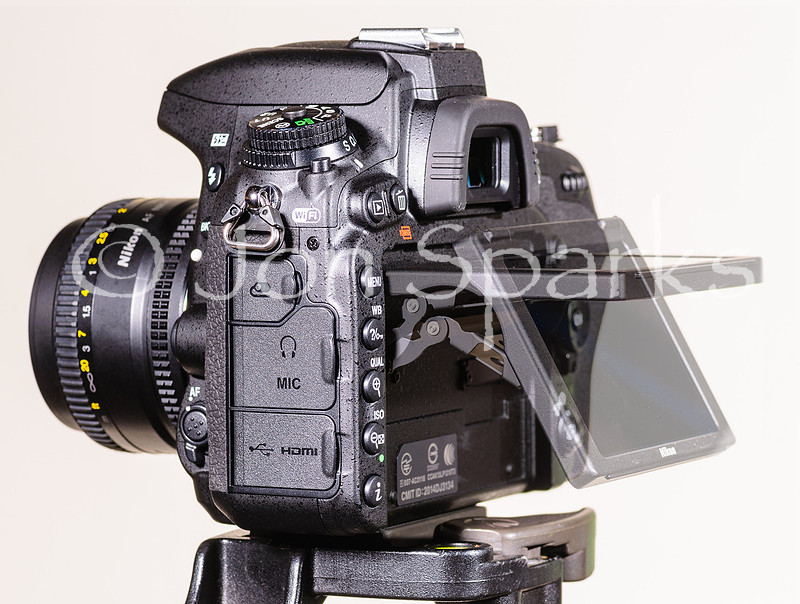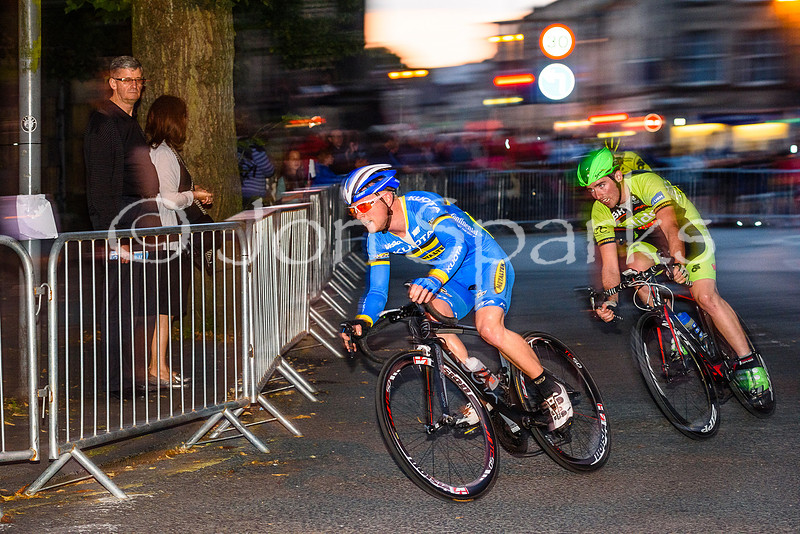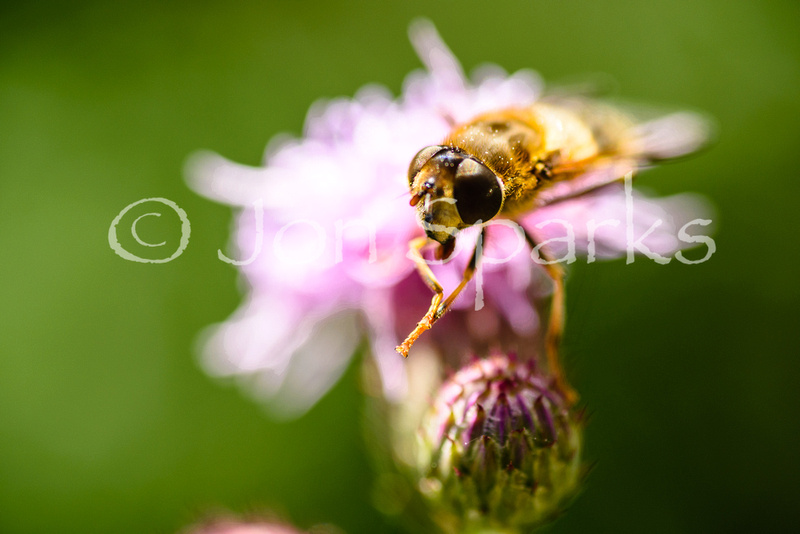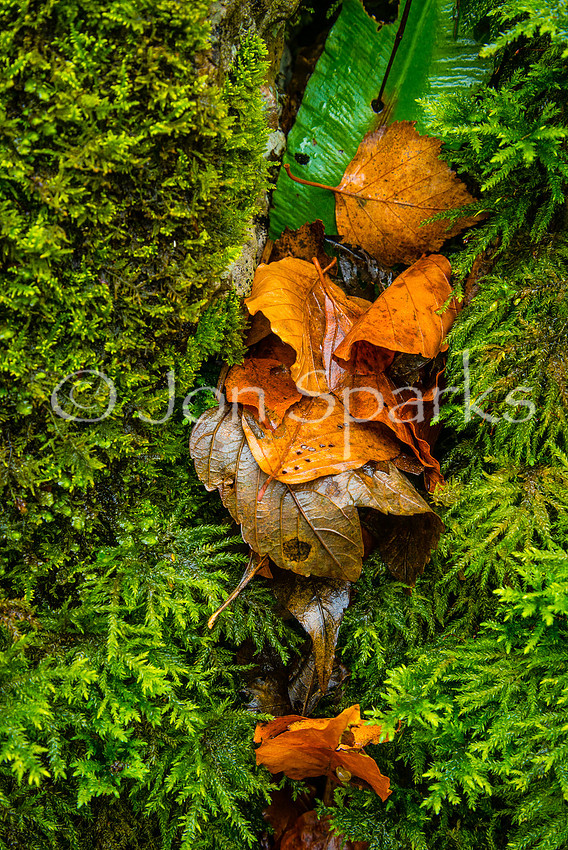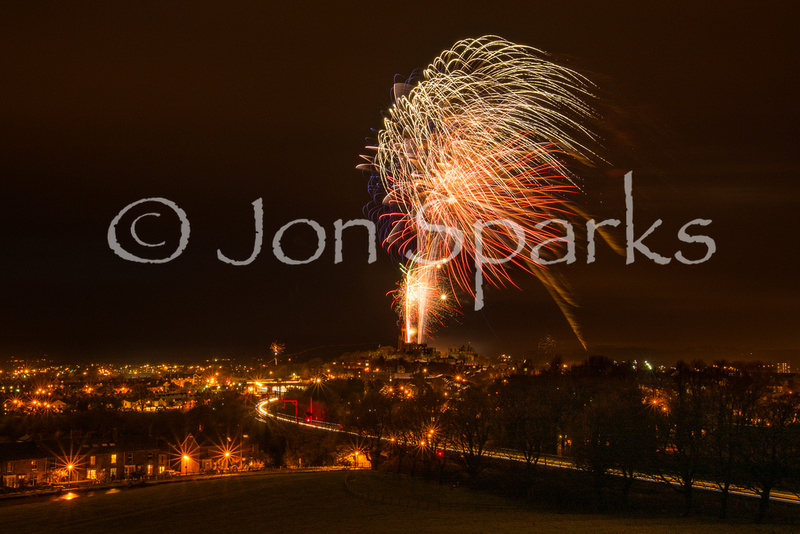Nikon D810 or D750?I promised a while back to give my thoughts on the Nikon D810 and having completed my work on the Expanded Guide I was all set to do so. But then Nikon pulled a fast one (in more than one sense) by releasing the D750. This gave me another bout of intensive work with that camera. In fact there were a couple of jobs where I carried and shot with both of them before the D810 had to go back.
This is not going to be a detailed review of either camera. There’s dpreview for that – see their thoughts on the D810 and the D750. You can also get a view on their image quality from DxoMark. What follows is simply my personal impressions of both cameras, based on fairly short but intense periods shooting with them. Image Quality Quite simply, I have no complaints abut the image quality of either camera. The obvious difference is that the D810 has 50% more megapixels, but that’s of little practical benefit to me most of the time. It doesn’t produce visibly better results in any of my regular outlets, even a magazine double-page spread. It’s perhaps worth saying that I used images from a range of cameras for my cycling photo exhibition, currently on view at Wheelbase at Staveley in Cumbria (if you want to see it, get there before the end of the year). The prints are 30 x 20 inches, which is pretty big by most standards. The cameras used range from 6 to 24 megapixels and, though you might, on very close inspection, be able to identify the ones from the 6mp camera (Nikon D70), I’d defy anyone to reliably distinguish between those from 12, 16 or 24mp cameras.
Catshaw Greave, Forest of Bowland
For my work, and for the vast majority of what most photographers do, there’s only one possible advantage in 36 megapixels, and that’s the additional scope to crop images severely. I recognise this but it’s not massively important to me as I always try to frame images in-camera. I’m not doctrinaire about it and will crop when necessary but always prefer the final image to reflect what I saw in the viewfinder. On the other hand, the difference between 36mp (D810) and 24mp (D750) is very apparent in the extra demands on memory card and hard disk capacity, and in slower processing when working with images in Lightroom. These negatives actually outweigh, for me, the occasional crop-ability benefits of the D810. It’s also worth saying that the massive resolution of the D810/D810 is wasted unless it’s matched by excellent lenses and impeccable technique. And not all the photography I do allows me to set up a sturdy tripod for every single shot...
No time to set up a tripod here! Three Peaks cyclo-cross, shooting for Outdoor Fitness magazine near the summit of Ingleborough (and I carried both cameras, a range of lenses, and a flashgun... they aren't THAT heavy!)
On every other measure of image quality, i.e. really important things like dynamic range, there’s little to choose between them and both are excellent. Build and handling There’s no doubt that the D810 has a slightly more rugged feel to it, and has a higher level of weather-sealing. This is significant, but when I need to shoot in really foul conditions I have a ThinkTank Hydrophobia ‘rain jacket’ which I’ll use anyway. And the D750 is hardly fragile – it compares well with the D600 and D7000 which I’ve used regularly in all sorts of conditions. The D7000 is four years old now and still going strong. On the other hand the D750 is noticeably lighter and smaller – in fact, Df apart, it’s Nikon’s lightest full-frame DSLR to date. As a hiking and biking photographer this does count for quite a bit. The other obvious difference between the two is that the D810 has a fixed screen while the D750’s folds out. I don’t normally use the screen for shooting stills and I don’t shoot a lot of video (though maybe I should do more...), so this is not a massive deal for me, but there are times, mostly when using a tripod, that the folding screen does have its advantages, such as when shooting at very low angles. On the other hand the screen seems more vulnerable to damage and it is just slightly fiddly to make sure it is fully stowed away before moving on. I’d say there are both pros and cons to the folding screen and I’m not sure yet which way the balance tips for me.
Folding screen on the D750
One other difference is that the D750 has dual SD card slots while the D810 has one SD and one Compact Flash, I know some people feel that CF cards are more professional in some way, but for me it’s just a pain having to deal with two different types. This is a definite plus point for the D750. In most other respects there’s not too much difference between the two cameras. The control layout is all familiar Nikon stuff and I’ve experienced very few glitches either switching between the two or on going back to the D7000 or D600. When working with the D810 and D750 together I was able to shuffle pretty seamlessly between the two. In use When Nikon launched the D750 they made a lot of play about its speed. Its maximum continuous shooting speed is 6.5 fps, well ahead of the D810’s 5fps – itself an improvement on the D800. (For comparison, the D600 manages 5.5 and the D7000 6fps). Against this, the D810 has higher buffer capacity so is able to shoot longer continuous bursts. personally I rarely shoot more than 6 or 8 frames in a burst so this is almost immaterial to me, but it might be of importance to some sports shooters. The extra speed of the D750 is of much greater value to me. I’ve found the autofocus performance of both cameras to be excellent. I tested the D810 shooting high-speed cycle racing in Lancaster city centre and even as night drew on, so that the main light source was street-lighting, it didn’t miss a beat. The D750 also performed brilliantly when shooting the the 3 Peaks cyclo-cross race in heavily overcast conditions.
High speed, low light
There is one important difference, however, in that the area covered by the autofocus points is wider in the D810, and this is something that does make a real difference to some of my work. (The D600’s AF point coverage is narrower again, which is one reason why I still use my D70000 quite a bit to shoot action). I noticed this recently when shooting at an indoor climbing wall as I often wanted to focus on a climber’s face or hand that was quite close to the corners of the frame and outwith the focus point coverage. If there is one factor that would make me choose the D810 in preference to the D750, this would be it. On balance But that’s only one factor, and as you can see from the foregoing, there are quite a few reasons for me to prefer the D750. It’s lighter and more compact, it’s faster, the folding screen is occasionally useful, and it uses the same type of card for both slots. The smaller file size also speeds up my workflow on desk days. Does that mean I’m rushing out to buy one? Not yet. It doesn’t really do anything that I can’t already do with my D600 and D7000. It does a few things slightly better, but on a finite budget I need to balance that against alternative spending options like new lenses... And besides, I have a feeling (and judging by the rumour mill, I’m not alone) that Nikon is about to reveal something interesting in the DX department, though whether it’s a modest upgrade to the D7100, i.e. a D7200, or something more dramatic, perhaps even the long-awaited ‘pr0 DX’ replacement for the D300/D300s, remains to be seen. Anyway, the D810 has gone back and I have managed just fine without it. The D750, too, will go back when I’ve finished dealing with editorial queries on the book, and I suspect I will miss it only slightly. I’m sure there’ll come a time, before too long, when I can convincingly say ‘I need a new camera’ rather than just ‘I want a new camera’, but I’m not there yet. Which is not to say that the D750 and D810 aren’t excellent cameras. They are. If money were no object I might even have both.
Hoverfly As you’d expect, the D810 is great at recording fine detail, like the lenses of the compound eyes...
Dalton Crags
Fireworks and Pendolino, Lancaster Comments
Apostolos(non-registered)
A proper comparison means same picture, same settings, same lens and above all, full NEF image. Not watermarked thumbnails.
great comparison Jon.
Both excellent cameras with slightly different goals. I do find if I had to choose just one camera the d810 would be it simply because it can do pretty much everything, 5fps is enough for most things and I still find the dynamic range slightly ahead on the d810 sensor.
All true, although stratification into pro, prosumer, etc isn't always helpful.
I half agree about the 10-pin socket as I still have a remote lead that I used when I had a D2x and then a D700. On the other hand I can use the ML-L3 wireless remote which is cheap, very light, and allows remote triggering from some distance, and is handy for putting myself in the picture. I can't use this with the D810. From that point of view, it strikes me as a win for the D750. The eyepiece shutter is a good point but then again I've hardly ever missed it – made no difference when shooting the fireworks pic above, for example.
Richard(non-registered)
D750 is prosumer - no 10-pin socket, no round eye-piece, with shutter. So I can't use the various 10-pin accessories, or the right-angle viewfinder.
I think I'm going to stick with D5300 for light weight jobs, and D3s for low light or sports.
No comments posted.
Loading...
|


